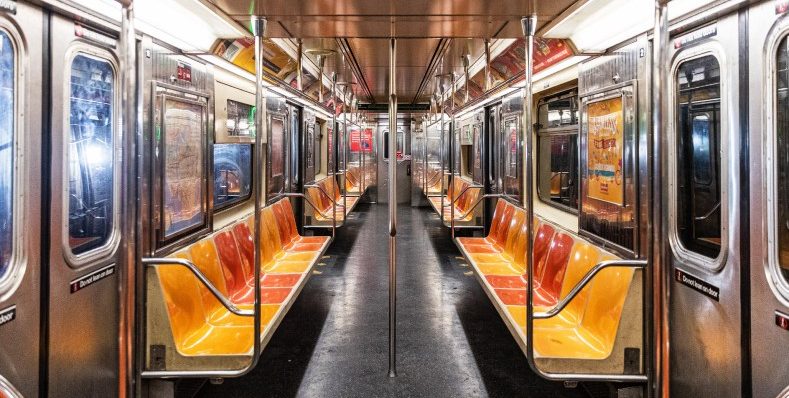 The COVID-19 pandemic opened Pandora’s Box on the deepest health issues that were already ingrained in our communities today. Many communities have been pressed with a severe lack of understanding of general health issues. The onset of the COVID-19 virus exploited the severe lack of understanding of preventable health conditions and showcased the increased need for community public health.
The COVID-19 pandemic opened Pandora’s Box on the deepest health issues that were already ingrained in our communities today. Many communities have been pressed with a severe lack of understanding of general health issues. The onset of the COVID-19 virus exploited the severe lack of understanding of preventable health conditions and showcased the increased need for community public health.
It was already known that health inequities existed before COVID-19 times. As more light was shed on the pandemic, it became clearer that there was a severe health inequity problem in New York City. As of May 20, 2020, Starrett City, a neighborhood in Brooklyn with a 35% poverty rate, had the highest death rate in NYC with 612 people per 100,000. Allerton, a neighborhood in the Bronx with a poverty rate of nearly 52%, had the fourth highest death rate at 429 people per 100,000. Additionally, data provided by New York State’s official website stated that in New York City, 34% of COVID-19 related deaths were Latinx, and 28% were African American.
Overall, the total percentage of deaths from low income communities in NYC appeared exceedingly larger than the number of deaths that occurred in wealthier neighborhoods. As seen in the data, Latinx and African American demographics had the highest death rates in NYC along with the highest number of positive cases. This verified that these two demographics were the hardest hit during the pandemic, and more importantly, needed the most public health support in order to successfully combat the virus.
Due to the increased prevalence of health issues in low income demographics, increased support and education must be provided to combat preventable comorbidities. As COVID-19 swept the nation, the pandemic enhanced the underlying problems that had already affected many low income communities. For example, amongst the lower income demographic, diabetes and hypertension have been increasing tremendously for many years. The COVID-19 virus has exacerbated the risk that these communities face, as well as their significantly lower survival rates, which can be largely attributed to pre-existing comorbidities.
There is a decreased amount of resources for low income families and communities on how to access help to educate themselves on preventable diseases. In 2003, New York State began the ‘311’ initiative through which any citizen living in NYC could call to receive local government services and information. This allowed many individuals to access the help they needed for any array of reasons. For example, if a citizen who was COVID-19-positive needed more information on where to access resources, they could call the 311 phone number to access more information about the COVID-19 virus.
Unfortunately, this phone number is not enough to ensure that most individuals and communities within New York City are able to fully understand safe practices to decrease the spread of this insidious virus. That is, this phone number is not enough for individuals and communities to learn about other preventable diseases such as diabetes and hypertension.
In order to effectively create and maintain healthier communities in New York City, more initiatives to teach and educate people of different communities must be implemented. More importantly, educating the public on proper preventable measures and healthier lifestyles is needed. Especially during the current climate, it is important to educate the public on what ‘social distancing’ means, what proper hand washing techniques are and why this is critical to ensuring that this virus and comorbidities remain low to nonexistent.
Additionally, more evidence-based research must be done in conjunction with the state and local governments to pinpoint the exact reasoning behind why certain demographics are more susceptible to certain comorbidities and infectious diseases. Moreover, research must be done to explain why these susceptible communities are not able to sustain or maintain healthier livelihoods.
Deepa Jois is a recent MPA Graduate in Healthcare Administration & Nonprofit Organization Management from Pace University in NYC. While studying as a graduate student, Deepa presented her literature reviews at NECoPA (Northeast Conference on Public Administration) at LIU Brooklyn. She was also a graduate assistant at Pace University, working on different research publications. Deepa currently works as a Public Health Advisor at NYC H+H, where she works on the frontlines to decrease the spread of COVID-19. Some of her long-term goals include wanting to make a public health policy impact that would allow all individuals equal access to healthcare.





I think you’re so right to point out how coronavirus put a spotlight on the social determinants of health at play in our communities. It is unfortunate these disparities had to play out all at once during an unprecedented pandemic, but I’m still hopeful that the outbreak is the start of addressing these health inequities.